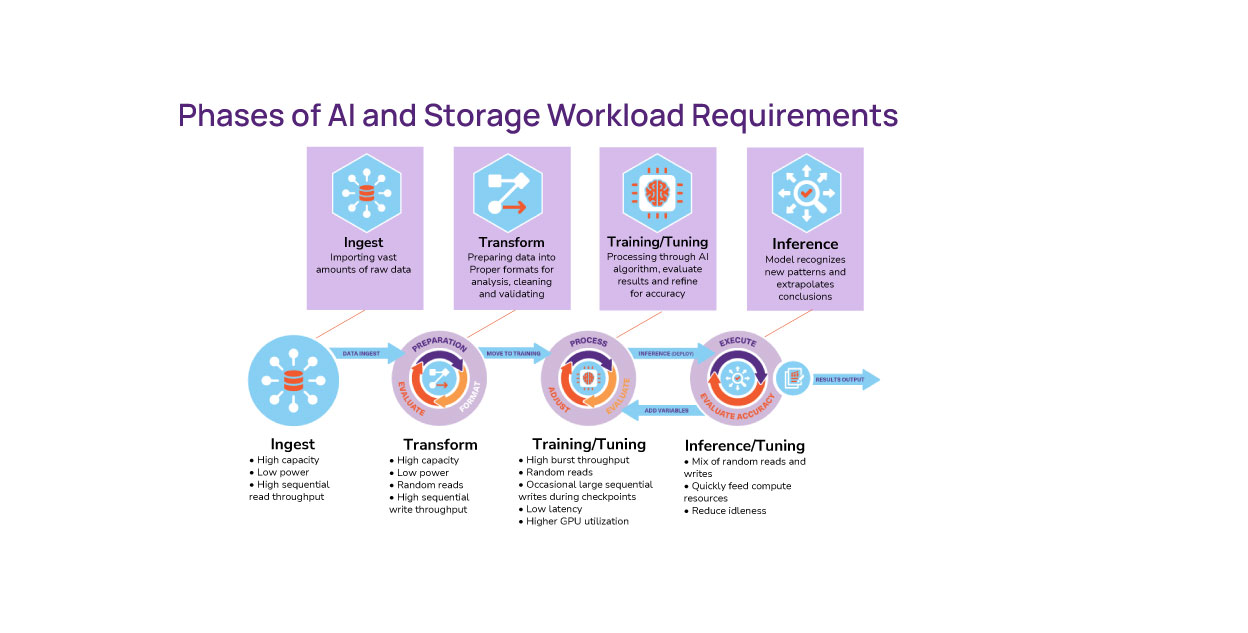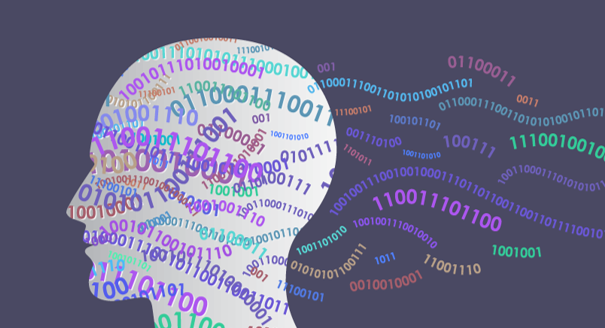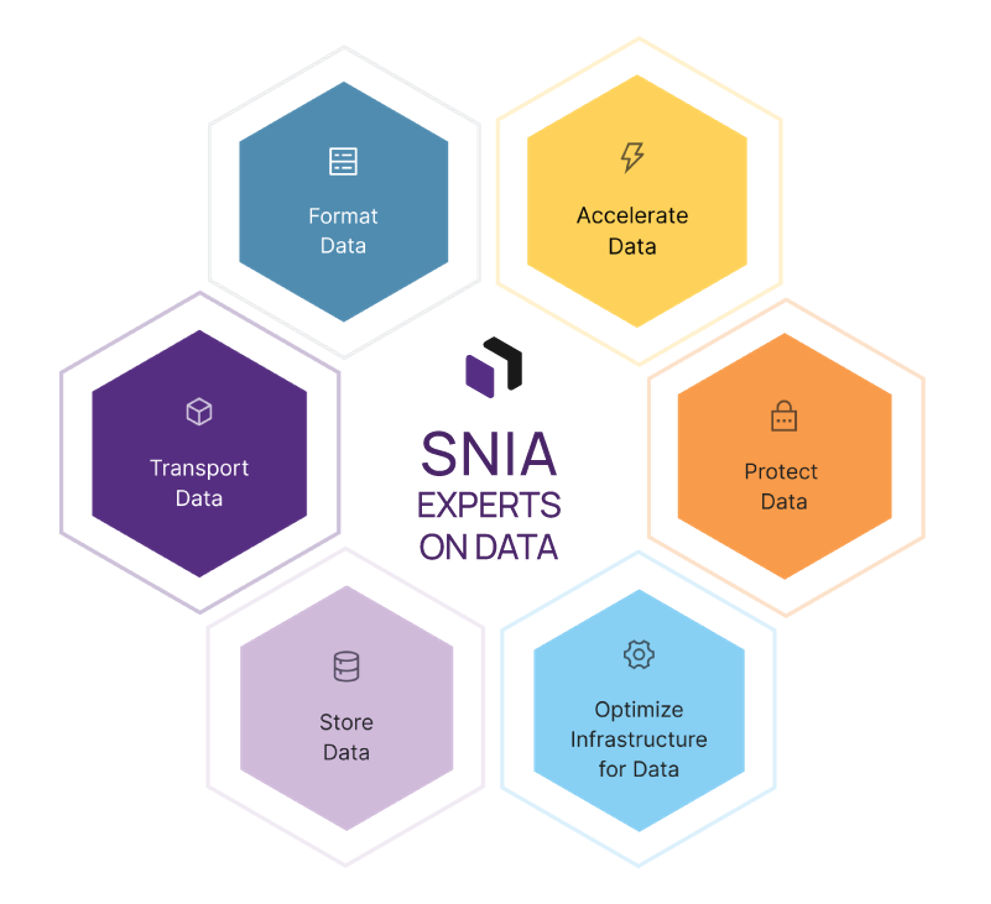A digital twin (DT) is a virtual representation of an object, system or process that spans its lifecycle, is updated from real-time data, and uses simulation, machine learning and reasoning to help decision-making. Digital twins can be used to help answer what-if AI-analytics questions, yield insights on business objectives and make recommendations on how to control or improve outcomes.
It’s a fascinating technology that the SNIA Cloud Storage Technologies Initiative (CSTI) discussed at our live webcast “Journey to the Center of Massive Data: Digital Twins.” If you missed the presentation, you can watch it on-demand and access a PDF of the slides at the SNIA Educational Library. Our audience asked several interesting questions which are answered here in this blog.
Q. Will a digital twin make the physical twin more or less secure?
A. It depends on the implementation. If DTs are developed with security in mind, a DT can help augment the physical twin. Example, if the physical and digital twins are connected via an encrypted tunnel that carries all the control, management, and configuration traffic, then a firmware update of a simple sensor or actuator can include multi-factor authentication of the admin or strong authentication of the control application via features running in the DT, which augments the constrained environment of the physical twin. However, because DTs are usually hosted on systems that are connected to the internet, ill-protected servers could expose a physical twin to a remote intruder. Therefore, security must be designed from the start.
Q. What are some of the challenges of deploying digital twins?
A. Without AI frameworks and real-time interconnected pipelines in place digital twins’ value is limited.
Q. How do you see digital twins evolving in the future?
A. Here are a series of evolutionary steps:
- From Discrete DT (for both pre- and post-production), followed by composite DT (e.g assembly line, transportation systems), to Organization DT (e.g. supply chains, political parties).
- From pre-production simulation, to operational dashboards of current state with human decisions and control, to autonomous limited control functions which ultimately eliminate the need for individual device manager SW separate from the DT.
- In parallel, 2D DT content displayed on smartphones, tablets, PCs, moving to 3D rendered content on the same, moving selectively to wearables (AR/VR) as the wearable market matures leading to visualized live data that can be manipulated by voice and gesture.
- Over the next 10 years, I believe DTs become the de facto Graphic User Interface for machines, buildings, etc. in addition to the GUI for consumer and commercial process management.















Leave a Reply